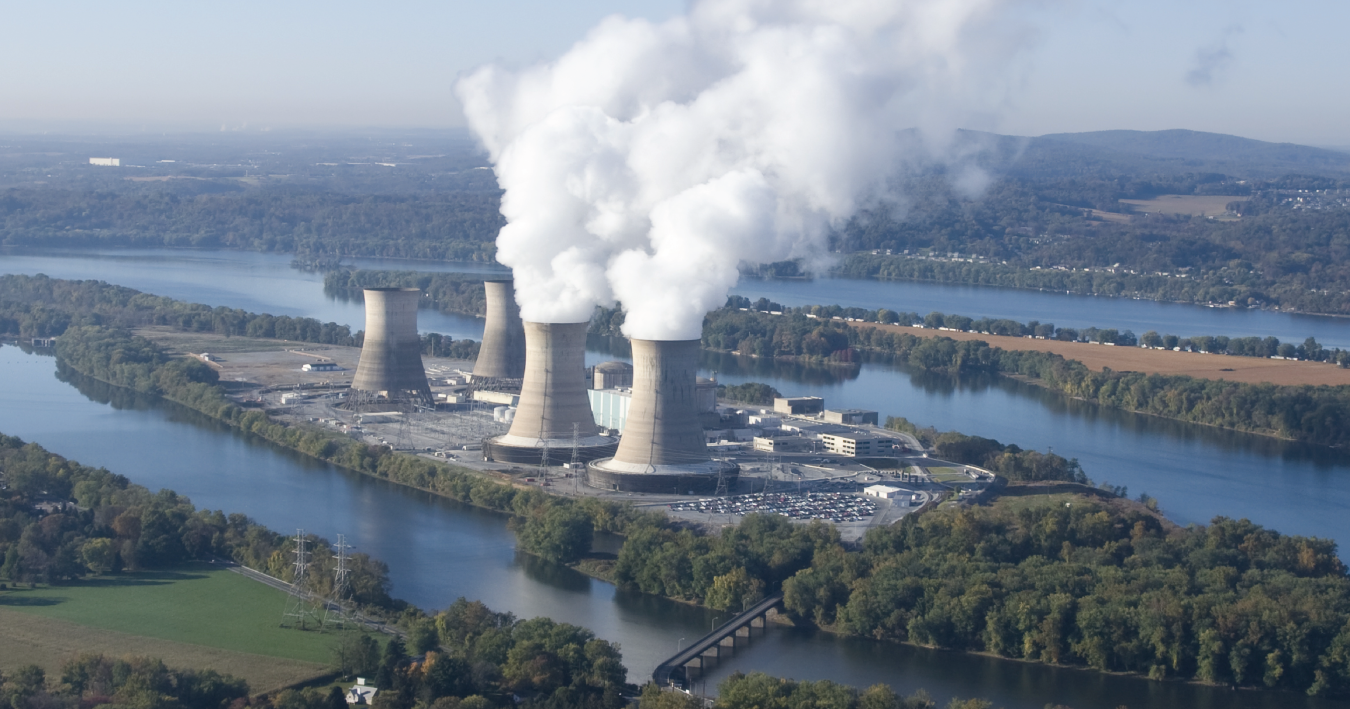Explore Other Resources
Subscribe Today!
The Hidden Cost of Co-Location: How Data Centers Next to Power Plants Could Raise Your Energy Bill
As data centers continue popping up across the U.S., a growing number are choosing to build right next to power plants — a setup known as co-location. At first glance, it’s a smart move: the data center gets a steady power supply without the headaches of grid congestion, while the generator gets a guaranteed customer. But as this trend picks up, it’s raising serious questions about fairness and cost — especially for businesses and institutions that aren’t co-located.
What Is Co-Location — and Why Does It Matter?
In simple terms, co-location means a large energy user, like a hyperscale data center, is built right next to a generation facility — often a nuclear, gas, or renewable plant — and receives power either directly or through a special contract. That means bypassing the traditional grid for most of their electricity needs.
While it helps companies secure clean, reliable energy fast (and often avoid years stuck in interconnection queues), co-located facilities still rely on the grid as a backup. And that’s where the cost issue comes in. In most regional power markets, like PJM, the cost of maintaining backup power and grid reliability is shared across all users. If co-located facilities aren’t fully paying into that system — but still use it when their dedicated generation goes down — those costs don’t disappear. They just get passed on to everyone else.

Source: Energy.gov
Who Pays for Backup — and Who Doesn’t?
That’s the heart of the debate. Co-location isn’t just about where a data center is built — it’s about whether these facilities should contribute to grid costs in the same way traditional users do. And if they don’t, other end users could wind up footing the bill.
Critics are raising a few key concerns:
- Co-located users benefit from grid services like spinning reserves and emergency power but may not pay their fair share
- When these large facilities go offline or need support, they pull from the same grid as everyone else
- If enough co-located users avoid grid fees, the remaining users — hospitals, manufacturers, school systems — may see higher delivery and capacity costs
On the flip side, supporters of co-location argue that it:
- Speeds up clean energy deployment by pairing data centers with new or repowered zero-carbon generation
- Avoids congested transmission zones, which can benefit overall system performance
- Brings jobs and economic development to communities near legacy plants
What Happens Next?
This isn’t a hypothetical debate — it’s already playing out in front of federal regulators. In PJM, several filings are before FERC that could shape how co-location is handled nationwide. One case involves Amazon’s plan to build a data center alongside a nuclear plant, while others seek new tariffs or updated rules to ensure co-located load pays into grid reliability appropriately.
Depending on how regulators respond, we could see new pricing structures or tariff classes emerge, including requirements for:
- Contracted backup capacity to ensure co-located users don’t leave reliability costs to others
- Zonal pricing that reflects the true cost of serving load in high-risk areas
- Modernized grid access rules that balance innovation with fairness
Why This Matters for Your Energy Bill
If co-location grows without cost reform, traditional end users may end up carrying a larger share of fixed grid costs. Over time, that could translate into higher delivery, capacity, and ancillary charges — even if overall energy demand appears stable.
However, if managed well, co-location could ease pressure on congested zones and help stabilize prices across the board, especially as more clean generation is brought online.
This debate isn’t just about tech companies or utilities — it’s about how the energy system evolves, and who pays for it. Whether co-location becomes a cost burden or a market benefit will depend heavily on how quickly regulators and markets adapt. For energy buyers, it’s worth watching closely: the decisions made today could shape your rates tomorrow.
For additional information please contact us to schedule a quick call.
